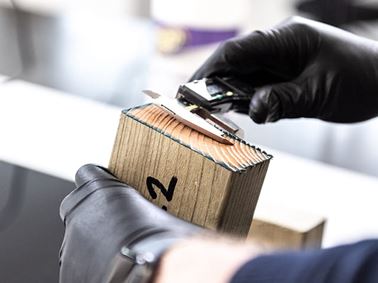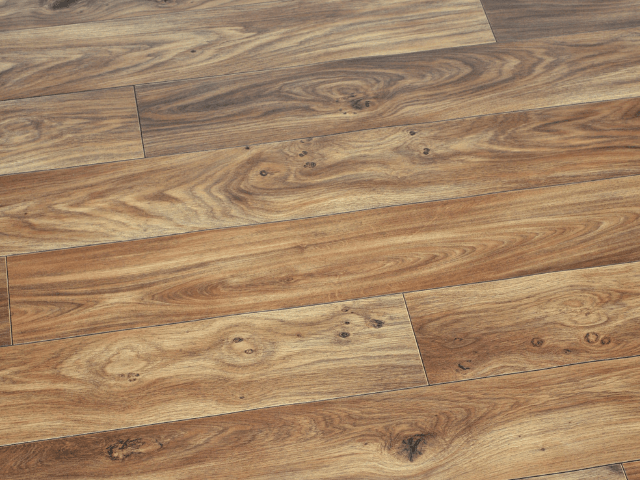BM TRADA provides independent technical advice on the adequacy of proposed timber flooring installation systems. We provide consultancy on issues of installation and identify and advise on potential problem areas before they become a costly in-service issue.
Timber flooring consultancy
Our range of activities in timber flooring consultancy include:
- Guidance on specification and installation practices including advice on fixing and gluing
- Advice and guidance on the expected levels of in-service movement in relation to expected climatic conditions and seasonal variations
- Guidance on species selection and floor covering construction
- Advice on underfloor heating systems and optimal commissioning regimes
- Slip-resistance testing to evaluate the slip potential to pedestrian traffic of flooring and decking systems.
- Consultancy support in the resolution of legal disputes
We have published a professional guide on the installation of wood flooring.
Wood flooring inspection
BM TRADA can undertake specialist site surveys on domestic and sports hall floors, as well as industrial floors to diagnose in-service problems of movement and performance.
Our team of specialist consultants have expertise in various aspects of floor installation and design, enabling diagnostic work to be undertaken from performance-related, aesthetic or structural perspectives.
Typical site surveys may include:
- On-site hygrometric surveys of ambient conditions and sub-floor moisture
- On-site diagnostic surveys to determine the cause(s) of shrinkage, swelling and other forms of distortion (cupping, ridging, de-lamination etc.)
- On-site diagnostic investigations into problems of in-service squeaking
- On-site quality monitoring of the adequacy of flooring installations and their compliance with best practice and standards guidance
- Commentary and advice on issues of visual quality and permissible defect levels in relation to consumer expectation
- Provision of expert witness advice in legal disputes.
Your timber FAQs answered
Wood floors are attractive and durable, and an effective way to add character to your home. Wood's environmental credentials are leading to its increased use in flooring for domestic, commercial and specialist applications such as recreation and laboratory facilities. However, the long-term performance of wood flooring depends on careful selection of the system and materials, as well as installation done in the knowledge of what the floor will have to withstand and what is expected of it.
If you cannot find the answer to your query below, please contact our Timber Technical Helpline (normal UK working hours 9-5, Monday to Friday) on 01494 840 349 for free expert advice. A range of relevant timber flooring publications can also be found in the BM TRADA bookshop.
Our Services

Other Timber Inspection Services
BM TRADA has a long history of providing consultancy on a wide range of timber products and services.

Timber Preservative Testing
BM TRADA offers timber preservative testing of treated wood using test methods and protocols from relevant British and European Standards to establish whether treatment levels in wood samples have been met at the time of treatment.
Related Information

Timber Training
Our experts provide a range of courses from visual strength grading through to scaffold boards and timber frame construction.
Training Courses
BM TRADA provides a range of training courses. Our training portfolio includes timber, fire, management systems, chain of custody, sustainable supply chain and business training.
Training Booking
Download our Training Booking Form.
Training Terms and Conditions
Read the Training Terms and Conditions.
Course Directory
Download our current Training Course Directory to discover more about our wide range on offer.
Articles and Blogs
Access our library of technical articles and blogs to help you better understand our services and how we can help you.
